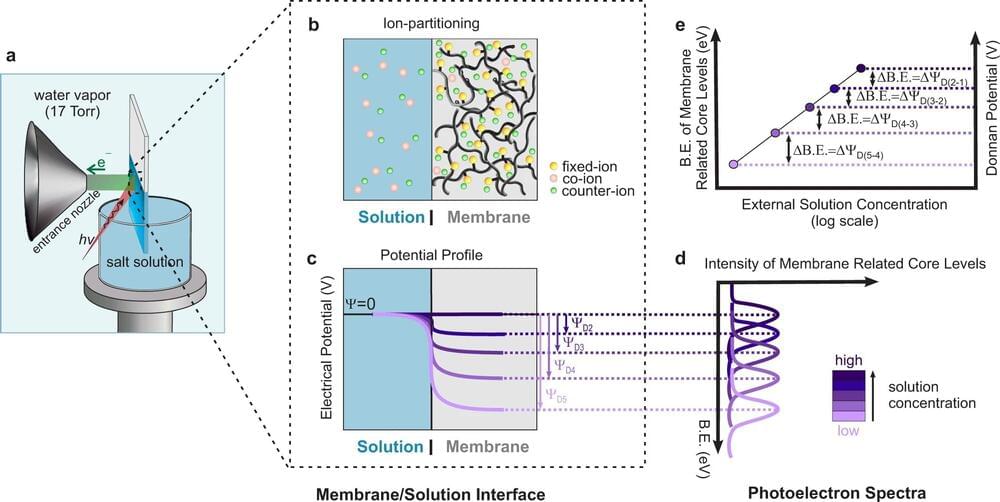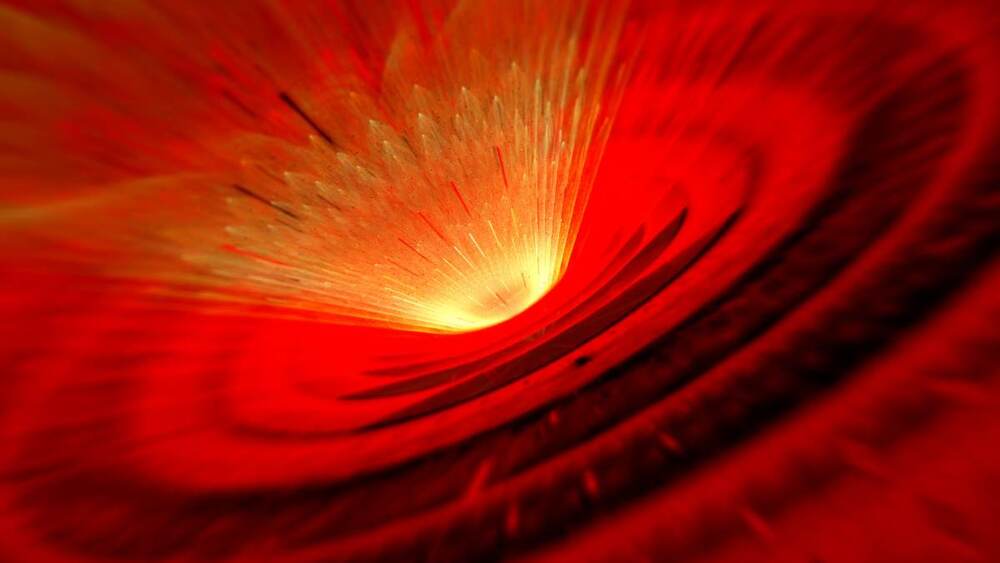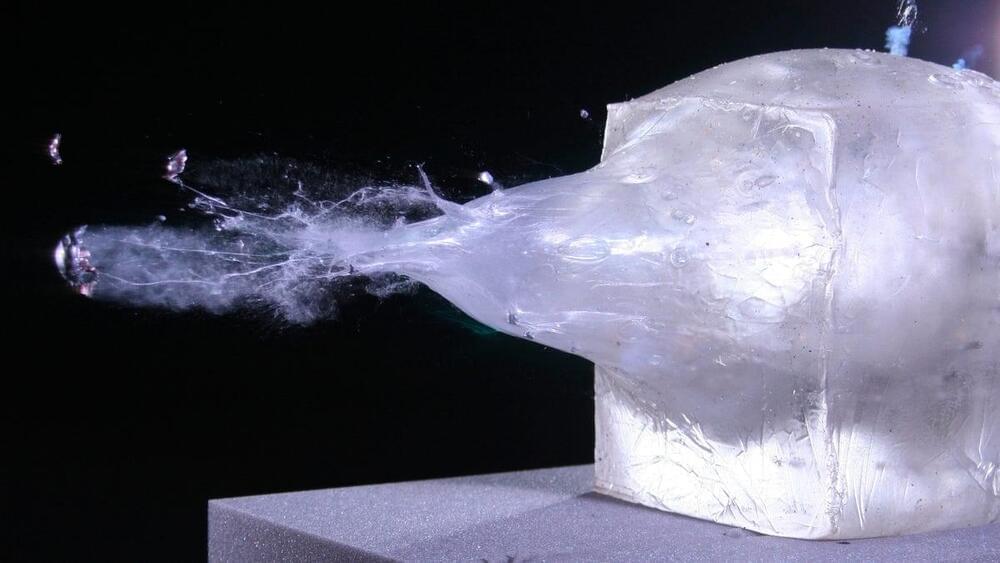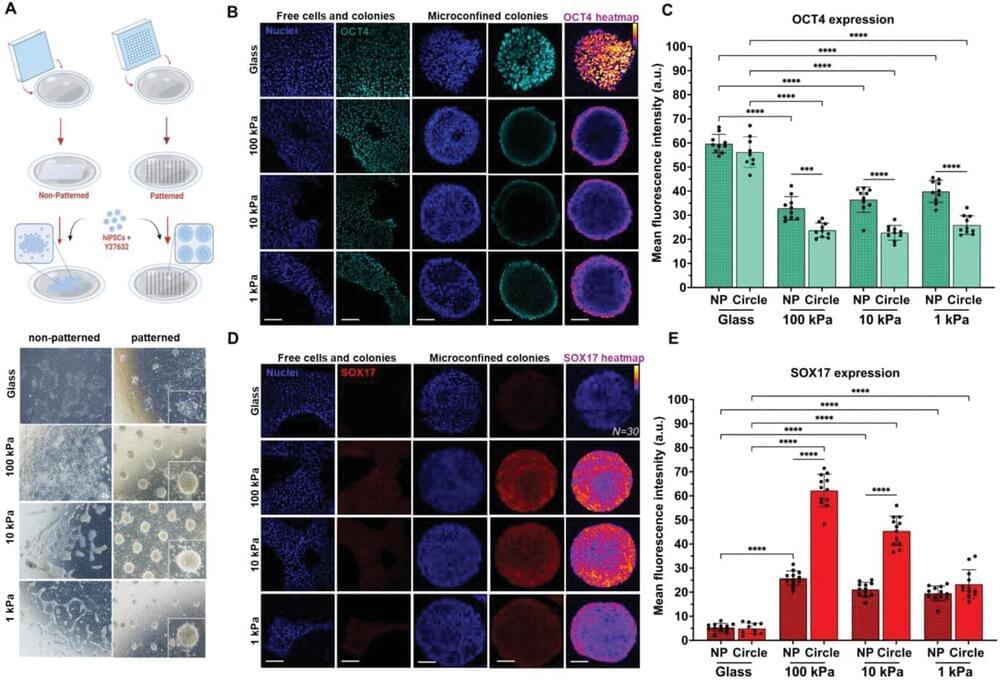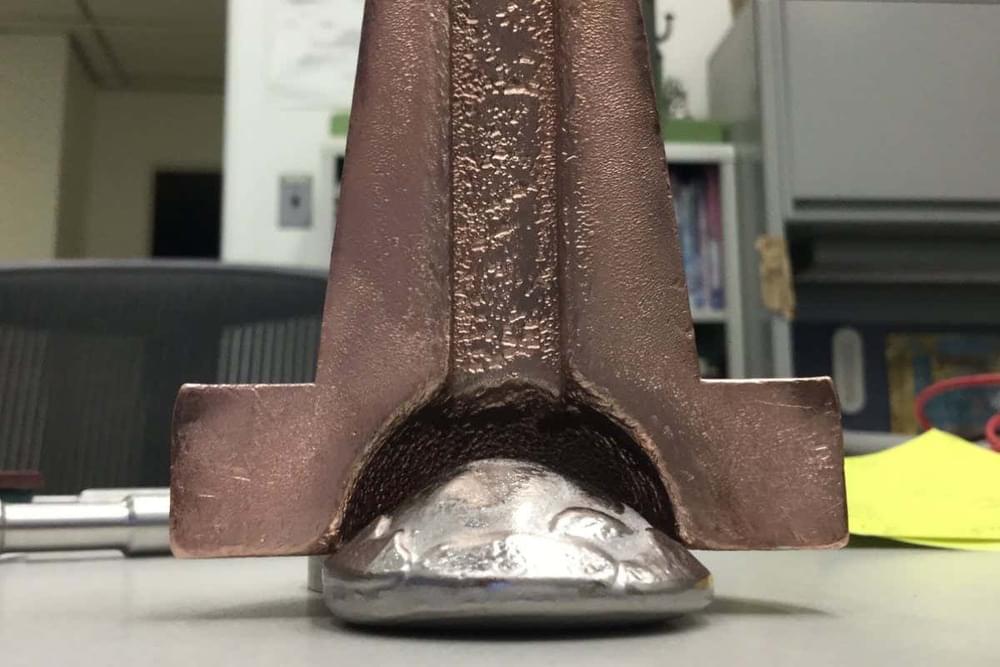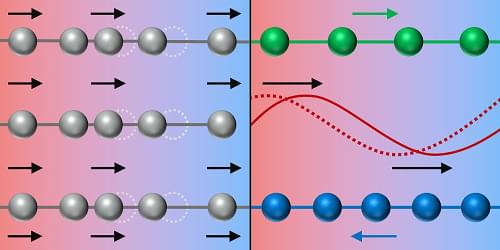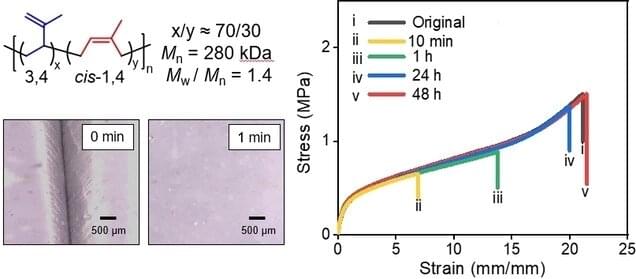The Donnan electric potential arises from an imbalance of charges at the interface of a charged membrane and a liquid, and for more than a century it has stubbornly eluded direct measurement. Many researchers have even written off such a measurement as impossible.
But that era, at last, has ended. With a tool that’s conventionally used to probe the chemical composition of materials, scientists at the Department of Energy’s Lawrence Berkeley National Laboratory (Berkeley Lab) recently led the first direct measurement of the Donnan potential.
“We were naïve enough to believe we could do the impossible,” said Ethan Crumlin, a staff scientist at Berkeley Lab’s Advanced Light Source (ALS), which generated the bright X-rays used in the experiment. Crumlin and his collaborators recently reported the measurement in Nature Communications.
